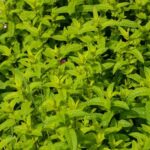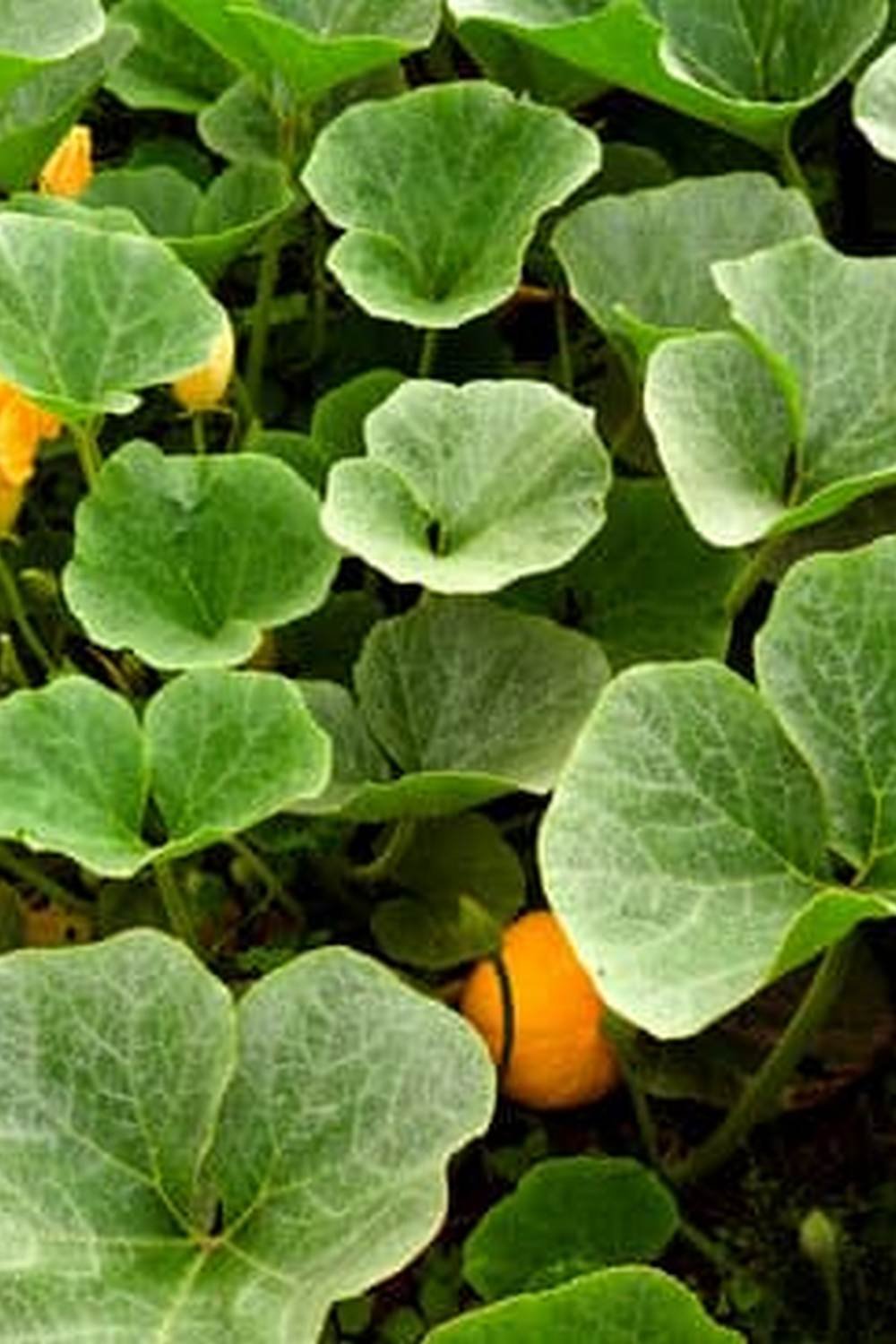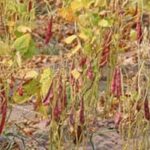Are you interested in growing your own vegetables but don’t have a large yard or garden space? Planter box gardening vegetables might be the perfect solution for you.
This method of gardening allows you to grow a variety of vegetables in confined spaces, making it ideal for urban dwellers or anyone with limited outdoor space. In this article, we will explore the world of planter box gardening and how you can successfully grow your favorite vegetables in a small area.
Planter box gardening has become increasingly popular in recent years, as more people are looking for creative ways to grow their own food. Whether you’re an experienced gardener or a beginner, planter boxes offer numerous benefits for growing vegetables. From easy access to plants and efficient use of space, there are plenty of reasons why planter box vegetable gardening is a great option for anyone interested in sustainable living and self-sufficiency.
In this article, we will discuss everything you need to know about planter box gardening vegetables, from choosing the right planter box to selecting the best vegetables and providing proper soil and fertilizer for successful growth. We will also cover important topics such as watering and drainage techniques, pest and disease management, harvesting tips, as well as success stories and advice from experienced planter box vegetable gardeners.
So let’s dive into the wonderful world of planter box vegetable gardening and start growing your own delicious produce at home.
Benefits of Growing Vegetables in Planter Boxes
Space Saving
One of the main benefits of growing vegetables in planter boxes is the ability to maximize limited space. For urban dwellers or individuals with small yards, planter box gardening allows for the cultivation of a variety of vegetables without the need for a traditional garden plot. By utilizing vertical space and arranging planter boxes strategically, gardeners can grow an abundance of vegetables in a compact area.
Accessibility and Convenience
Planter box gardening also offers the advantage of accessibility and convenience. With vegetables grown in raised planter boxes, there is less bending and stooping required for planting, tending, and harvesting. This makes it an ideal option for seniors or individuals with mobility issues who may find traditional gardening physically challenging. Additionally, planter boxes can be placed at a convenient height for easy access, making it easier to care for the plants and monitor their progress.
Portability
Another benefit of growing vegetables in planter boxes is the portability they offer. Planter boxes can be easily moved to different locations based on sunlight requirements or weather conditions. This flexibility allows gardeners to ensure that their vegetable plants receive optimal growing conditions throughout the season. It also provides the option to bring the planters indoors during inclement weather or harsh temperatures, extending the growing season for certain crops.
Choosing the Right Planter Box for Your Vegetable Garden
When it comes to planter box gardening vegetables, choosing the right planter box is crucial for the success of your vegetable garden. There are various types of planter boxes available in the market, each with its own set of advantages and disadvantages. Here are a few factors to consider when selecting the right planter box for your vegetable garden:
1. Size: The size of the planter box will depend on the space you have available for gardening and the number of vegetables you intend to grow. Make sure that the size of the planter box allows enough room for proper root growth and expansion.
2. Material: Planter boxes come in a variety of materials such as wood, plastic, metal, or concrete. Each material has different properties that can affect drainage, insulation, and durability. Consider your local climate and aesthetic preferences when choosing the material for your planter box.
3. Drainage: Proper drainage is essential for the health of your vegetable plants. Look for planter boxes with drainage holes or consider adding them yourself to prevent waterlogging and root rot.
4. Mobility: If you want the flexibility to move your planter box around, consider one with built-in wheels or a lightweight design.
By carefully considering these factors, you can choose a planter box that meets the specific needs of your vegetable garden and sets you up for a successful growing season.
| Factors to Consider | Description |
|---|---|
| Size | The size of the planter box depends on available space and number of vegetables to grow. |
| Material | Consider properties like drainage, insulation, and durability based on local climate and aesthetic preferences. |
| Drainage | Look for boxes with drainage holes or add them yourself to prevent waterlogging. |
| Mobility | If desired, choose a planter box with built-in wheels or lightweight design for easy movement. |
Selecting the Best Vegetables for Planter Box Gardening
When it comes to planter box gardening vegetables, it’s important to choose the right vegetables that will thrive in a confined space. There are several factors to consider when selecting the best vegetables for planter box gardening, including the size of the plant, the depth of the planter box, and the climate in your region.
One of the most popular choices for planter box gardening is salad greens such as lettuce, spinach, and arugula. These vegetables have shallow roots and can be easily grown in smaller planter boxes. Additionally, herbs like basil, parsley, and cilantro also do well in planter boxes and can add flavor to your meals.
If you’re looking to grow larger vegetables in your planter boxes, consider options like cherry tomatoes, bell peppers, and compact varieties of eggplant. These plants can be grown vertically or cascading over the sides of the planter box, making efficient use of limited space.
It’s also important to consider the amount of sunlight that your planter box receives when selecting vegetables. Leafy greens generally require less sunlight compared to fruiting vegetables like tomatoes and peppers. Be sure to assess your available sunlight and choose vegetables that will thrive in those conditions for a successful planter box vegetable garden experience.
Soil and Fertilizer Tips for Successful Planter Box Vegetable Gardening
When it comes to planter box gardening vegetables, the type of soil you use is crucial for the success of your vegetable garden. It’s important to choose a high-quality potting mix that has good drainage and aeration. Avoid using garden soil, as it can become compacted in a confined space like a planter box, leading to poor root growth and nutrient uptake.
Additionally, incorporating organic matter into your potting mix can greatly benefit your vegetables. This can include compost, well-rotted manure, or other organic materials that will help improve soil structure and provide essential nutrients to your plants. Using organic matter also promotes the presence of beneficial microorganisms in the soil, which can enhance plant growth and overall health.
In terms of fertilizer, consider using a balanced, slow-release fertilizer specifically formulated for vegetable gardens in containers. This will ensure that your plants receive a steady supply of nutrients over an extended period. Always follow the manufacturer’s instructions when applying fertilizer to avoid overfeeding or damaging your plants. Regularly checking the nutrient levels of your soil and adjusting your fertilization routine accordingly is also important for maintaining healthy vegetables in planter boxes.
| Aspect | Tips |
|---|---|
| Soil Type | Choose high-quality potting mix with good drainage |
| Organic Matter | Incorporate compost or well-rotted manure for added nutrients |
| Fertilizer | Use balanced, slow-release fertilizer formulated for container vegetables |
Watering and Drainage Techniques for Planter Box Gardens
When it comes to planter box gardening vegetables, proper watering and drainage are crucial for the success of your vegetable garden. Here are some techniques to ensure that your planter box garden thrives:
- Use a watering can or hose with a nozzle attachment to water your planter boxes. This will allow you to control the flow of water and direct it precisely where it is needed.
- Check the moisture level of the soil regularly by sticking your finger into the soil. If the top inch of soil feels dry, it’s time to water your plants.
- Ensure proper drainage in your planter boxes by incorporating drainage holes at the bottom. This will prevent water from pooling and causing root rot in your vegetables.
In addition to these techniques, it’s important to consider the type of soil mix used in your planter boxes. A well-draining soil mix that retains moisture but does not become waterlogged is essential for healthy vegetable growth. Consider using a mix that contains peat moss, perlite, and vermiculite for optimal results.
When watering your planter box vegetables, make sure to provide consistent moisture without overwatering. Overwatering can lead to root rot and other moisture-related issues, while underwatering can result in stunted growth and poor yield. Develop a watering schedule based on the specific needs of each vegetable variety in your planter boxes.
By following these watering and drainage techniques, you can ensure that your planter box vegetable garden receives the right amount of moisture and maintains proper drainage for healthy growth.
Pest and Disease Management in Planter Box Vegetable Gardens
Planter box gardening vegetables can be a great way to grow your own fresh produce, but it’s important to be aware of potential pest and disease issues that may arise. Here are some tips for managing these challenges in your planter box vegetable garden:
1. Identify common pests: Some of the most common pests that can affect vegetables in planter boxes include aphids, caterpillars, slugs, and snails. Keep an eye out for any signs of infestation, such as holes in leaves or chewed on plants.
2. Natural pest control methods: Consider using natural methods to control pests in your planter box garden, such as introducing beneficial insects like ladybugs or lacewings, or using organic insecticidal soaps.
3. Disease prevention: To prevent diseases from affecting your vegetables, make sure to choose disease-resistant varieties when selecting which vegetables to plant in your planter boxes. Additionally, avoid overhead watering which can lead to the spread of diseases like powdery mildew.
4. Regular maintenance: Keep your planter boxes clean and well-maintained to reduce the risk of pest and disease issues. Remove any dead or diseased plants promptly and regularly check for signs of trouble.
By staying proactive and implementing these tips for pest and disease management, you can help ensure a healthy and thriving vegetable garden in your planter boxes.
Harvesting and Maintenance of Vegetables in Planter Boxes
After months of hard work and careful nurturing, it is finally time to reap the rewards of your planter box gardening vegetables. Harvesting and maintaining your vegetable garden in planter boxes is an essential part of the process, ensuring that your plants continue to thrive and provide you with a bountiful harvest for months to come.
Harvesting Tips
When it comes to harvesting vegetables from your planter boxes, timing is key. Different vegetables have different optimal harvest times, so it is crucial to research each type of vegetable you are growing. For example, leafy greens such as lettuce and spinach should be harvested when they are young and tender, while root vegetables like carrots and radishes should be harvested once they have reached the appropriate size.
Maintenance Practices
Regular maintenance is also crucial for the success of your planter box vegetable garden. This includes practices such as pruning, weeding, and monitoring for pests and diseases. Pruning can help promote healthy growth by removing dead or diseased foliage, while weeding ensures that your plants are not competing with unwanted vegetation for nutrients.
Success Stories and Tips
One great way to learn about harvesting and maintaining vegetables in planter boxes is by seeking advice from experienced gardeners who have had success with this method. By joining online communities or local gardening groups, you can gain valuable insights into the best practices for harvesting and maintaining a thriving planter box vegetable garden. Sharing tips and stories with fellow gardeners can also inspire new ideas for how to make the most out of your own planter box gardening experience.
With proper care and attention to detail in harvesting and maintenance, your planter box vegetable garden can continue to provide fresh, healthy produce throughout the growing season.
Success Stories and Tips From Experienced Planter Box Vegetable Gardeners
In conclusion, planter box gardening vegetables can be a highly rewarding activity for both novice and experienced gardeners. Throughout this article, we have covered the various aspects of this unique type of vegetable gardening, from choosing the right planter box to pest management and harvesting tips.
One of the key benefits highlighted is the ability to grow vegetables in small or limited spaces. Planter boxes offer flexibility in terms of placement and can even be utilized on balconies or patios. The ability to control soil quality and drainage also contributes to successful vegetable growth in planter boxes.
For those considering venturing into planter box gardening vegetables, it’s important to carefully select the right planter box for your specific space and needs. Additionally, learning about suitable vegetables for planter boxes and understanding proper soil, fertilizer, watering, and drainage techniques are crucial for success.
As experienced gardeners have shared their insights and tips in this section, it becomes evident that with proper planning and care, planter box vegetable gardening can yield a bountiful harvest year after year. Their stories serve as inspiration for beginners and offer valuable advice on how to overcome common challenges in this unique gardening method. With dedication and attention to detail, anyone can experience the joy of growing their own fresh produce in planter boxes.
Frequently Asked Questions
What Vegetables Are Good for Planter Boxes?
Vegetables that are good for planter boxes include smaller varieties such as lettuce, radishes, carrots, and herbs like parsley and basil. These plants don’t require a lot of root space and can thrive in the limited area of a planter box.
What Vegetables Should Not Be Grown in a Raised Bed?
Some vegetables that should not be grown in a raised bed include large or deep-rooted plants such as corn, pumpkins, and watermelon. These vegetables need more space for their roots to spread out and may not do well in the confined space of a raised bed.
What Vegetables Can I Grow Together in a Raised Bed?
There are several vegetables that can be grown together in a raised bed due to their compatibility and growing requirements. For example, you can grow tomatoes with basil and onions, or plant lettuce around taller crops like beans or trellised cucumbers.
It’s important to consider the needs of each plant when deciding what to grow together in a raised bed.

If you’re looking to get into vegetable gardening, or are just looking for some tips on how to make your current garden better, then you’ve come to the right place! My name is Ethel and I have been gardening for years. In this blog, I’m going to share with you some of my best tips on how to create a successful vegetable garden.





